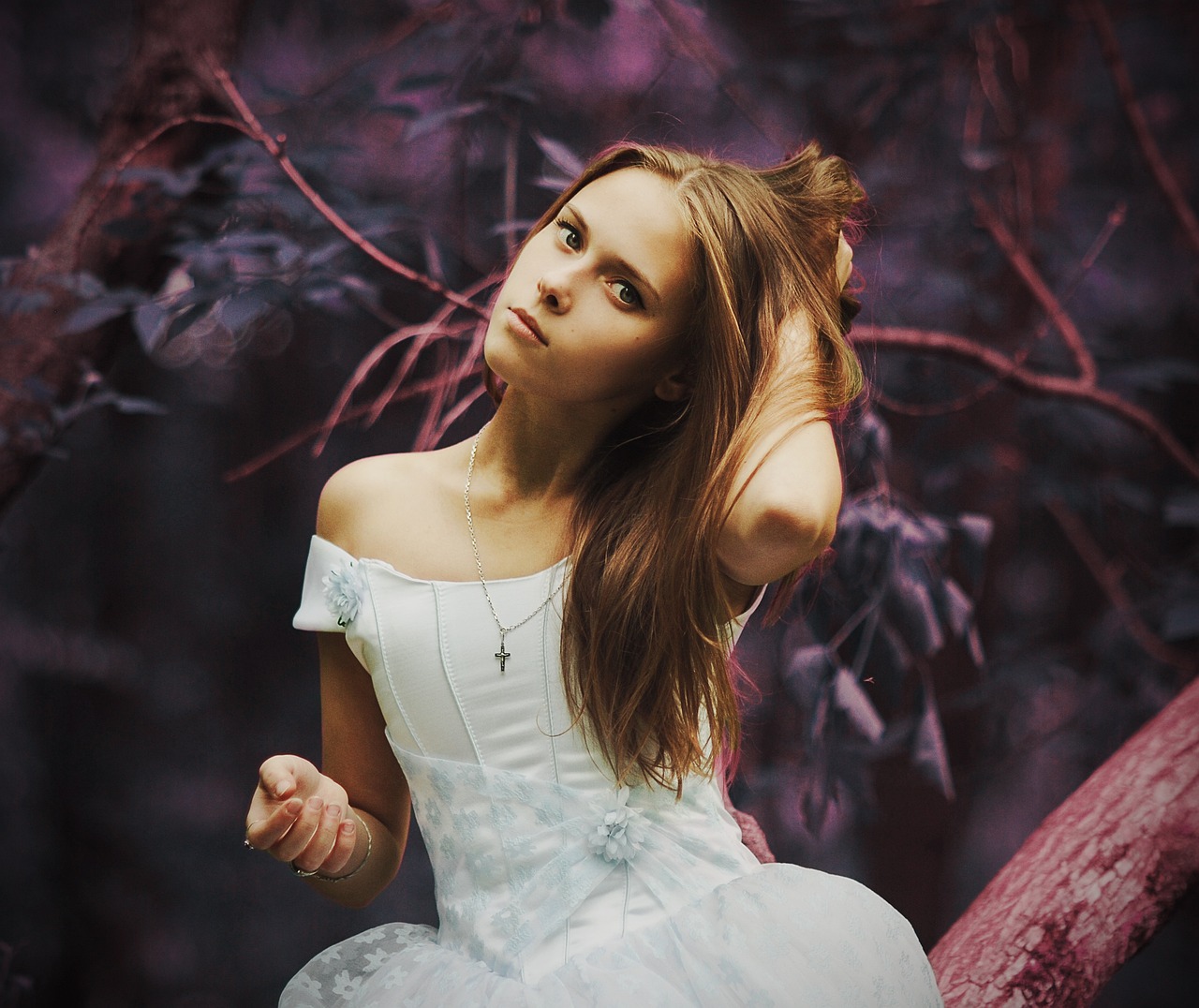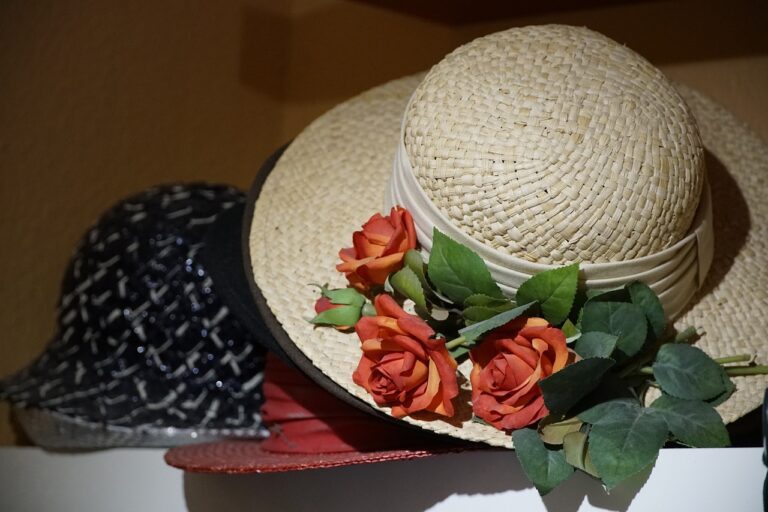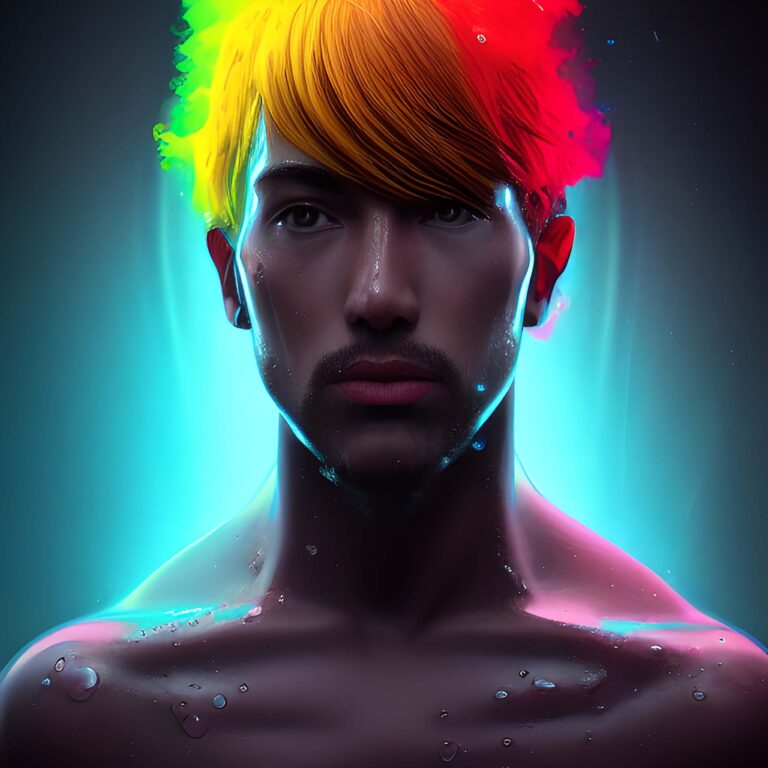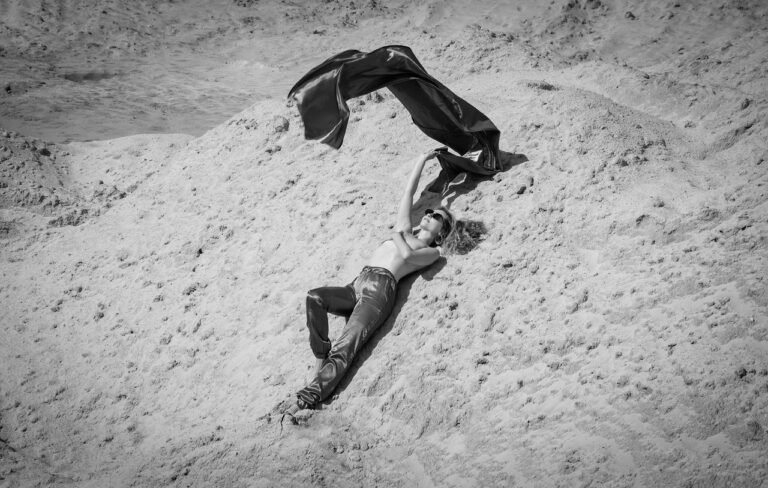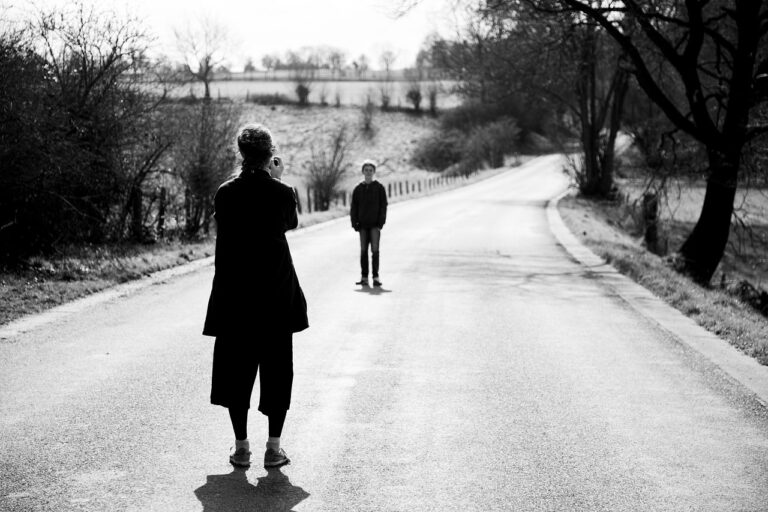Fashion Photography Tips: Capturing the Perfect Shot for Your Lookbook
When preparing for your shoot, it is crucial to first establish a clear vision of the goals you aim to achieve. Consider the message you want to convey through your photographs or videos and how you want your audience to feel when viewing the final results. By defining your objectives, you can better plan your approach and ensure that every aspect of your shoot aligns with your creative vision.
Furthermore, create a detailed shot list outlining the specific images or scenes you want to capture during the shoot. This list will serve as a valuable guide on the day of the shoot, helping you stay organized and ensuring that you capture all the essential shots you need. Be sure to prioritize your shots based on their importance, and consider factors such as location, lighting, and timing when creating your shot list.
Choosing the Right Location
When selecting the perfect location for your shoot, it is essential to consider the overall aesthetic appeal and how it aligns with the message you want to convey through your photographs or videos. The backdrop should complement the subject matter and create a cohesive visual story. Whether you opt for an urban setting with textured walls and graffiti or a natural landscape with lush greenery and scenic views, the location should enhance the overall mood and atmosphere of your project.
Moreover, it is crucial to factor in practical considerations such as accessibility, permits, and logistics when choosing a location. Ensure that the site is easy to reach for both your team and any equipment that needs to be transported. Additionally, check local regulations or restrictions that may impact your shoot, such as noise ordinances or parking limitations. By carefully assessing these aspects, you can streamline the production process and avoid any potential roadblocks on the day of the shoot.
Selecting the Best Lighting
When it comes to selecting the best lighting for your shoot, it is vital to consider the mood and ambiance you want to create. Natural light can work wonders for outdoor settings, casting a soft and flattering glow on your subjects. However, it is essential to be mindful of the time of day and weather conditions, as these factors can greatly impact the outcome of your photos or videos.
In situations where natural light is not readily available or reliable, artificial lighting can be a powerful tool to ensure consistent and high-quality results. Studio lights offer versatility and control over the intensity and direction of light, allowing you to tailor the lighting setup to suit your specific needs. Experimenting with different lighting setups and angles can help you find the perfect balance between illumination and shadow for a visually striking composition.
• Natural light can create a soft and flattering glow for outdoor settings
• Time of day and weather conditions should be considered when using natural light
• Artificial lighting provides consistency and control over intensity and direction
• Studio lights offer versatility in lighting setups
• Experimenting with different angles can help achieve visually striking compositions
How important is lighting in photography?
Lighting is crucial in photography as it can dramatically affect the mood, composition, and overall quality of the image.
What are some common types of lighting used in photography?
Common types of lighting used in photography include natural light, artificial light, continuous light sources, and flash/strobe lighting.
How can I plan my shoot to ensure I have the best lighting?
To plan your shoot for the best lighting, consider the time of day, weather conditions, and the direction of light. It’s also helpful to scout locations beforehand to find the best spots for lighting.
What should I consider when choosing a location for my shoot?
When choosing a location for your shoot, consider the amount of available light, the background, and the overall atmosphere you want to create in your photos.
How do I know which type of lighting is best for my photography?
The best type of lighting for your photography will depend on the desired look and feel of your images. Experiment with different lighting sources to see what works best for your style.

